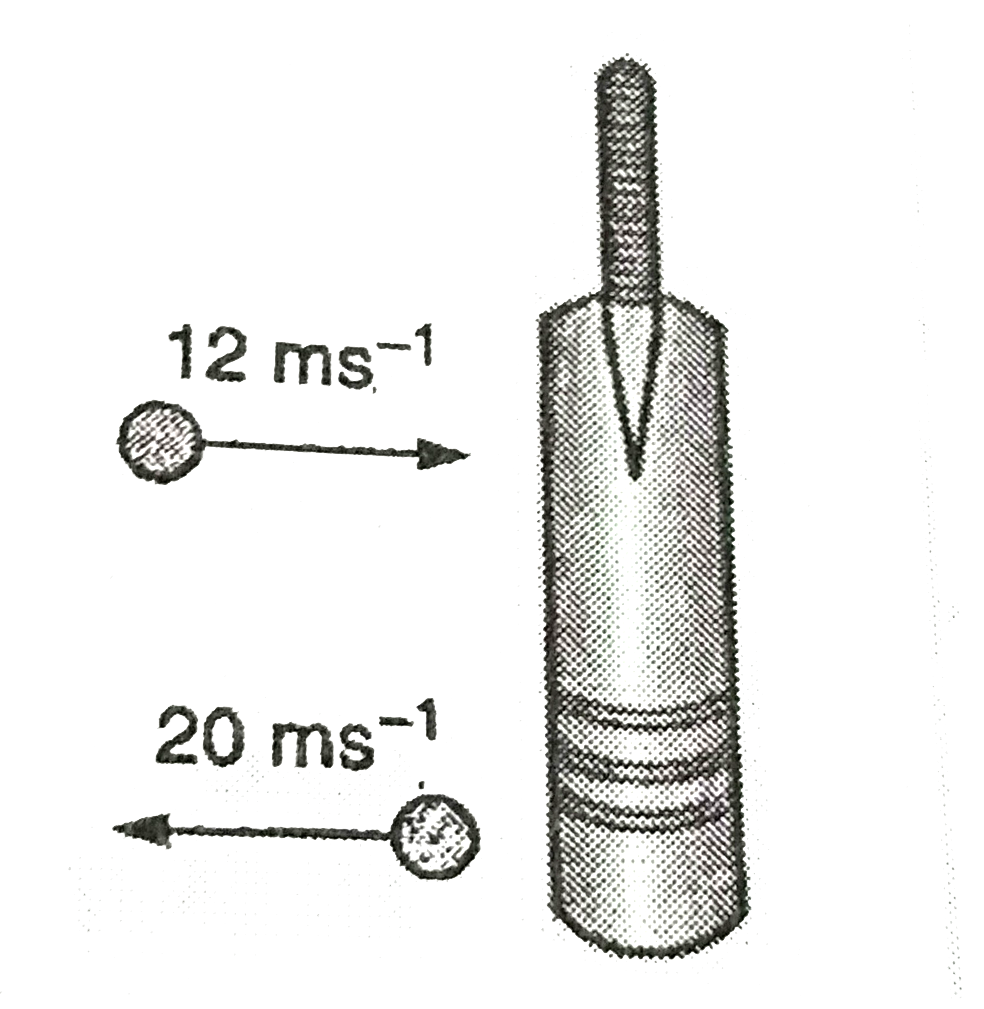Let us consider some more examples. In a game of vollyball, players often push the moving ball to their team mates to make a winning move. Sometimes the ball is returned to the other side of the court by pushing or smashing it. In cricket, a batsman plays his or her shot by applying a force on the ball with the bat. Is there any change in the direction of motion of the ball in these ases? In all these examples, the speed and the direction of the moving ball change due to the application of a force. Can you give a few more examples of this kind?
The correct Answer is:Yes. The direction of motion of the ball changes in all of the above mentioned cases.
Similar Questions
Knowledge Check
While we catch a cricket ball, we catch it at the front and make the hands move with the ball backwards. Why is that ?
ATo reduce the impulseBTo increase the time of contact, there by increase the forceCTo increase the impulseDTo increase the time of contact, there by decrease the forceWhile we catch a cricket ball, we catch it at the fornt and make the hands move with the ball backwards. Why is that ? .
ATo reduce the impulseBTo increases the time of contact, there by increase the forceCTo increase the impulseDTo increase the time of contact, there by decrease the forceA cricket ball of mass 150g is moving with a velocity of 12 m/s and is hit by a bat so that the ball is turned back with a velocity ishit by a bat so that the ball is turned back with a velocity of 20 m/s. The force of blow acts for 0.01 s on the ball. What is the averate force exerted by the bat on the ball?
A240NB300NC380ND480N
cricket ball of mass 150 g is moving with a velocity of 12m/sec and is hit by a bat so that the ball is turned back with a velocity of 20m/sec, the force on the ball acts for 0.01 sec, then the average force exerted by the bat on the ball will b
View SolutionIdentify the actions involved in the following situations as push or pull, or both :
b) a cricket ball hit by a batsman.
View SolutionA cricket ball of mass 150 kg is moving with a velocity of 12m/s and is hit by a bat so that ball is turned back with a velocity of 20m/s . The force of the blow acts for 0.01 s on the ball . Find the average force exerted by the bat on the ball.
View SolutionA cricket ball of mass 150 kg is moving with a velocity of 12m/s and is hit by a bat so that ball is turned back with a velocity of 20m/s . The force of the blow acts for 0.01 s on the ball . Find the average force exerted by the bat on the ball.
View SolutionA cricket ball of mass 150 g is moving with a speed of 12ms−1 and is hit by a bat so that the ball is turned back with velocity of 20ms−1 if duration of contact between bat and ball is 0.01 s then:

View Solution
